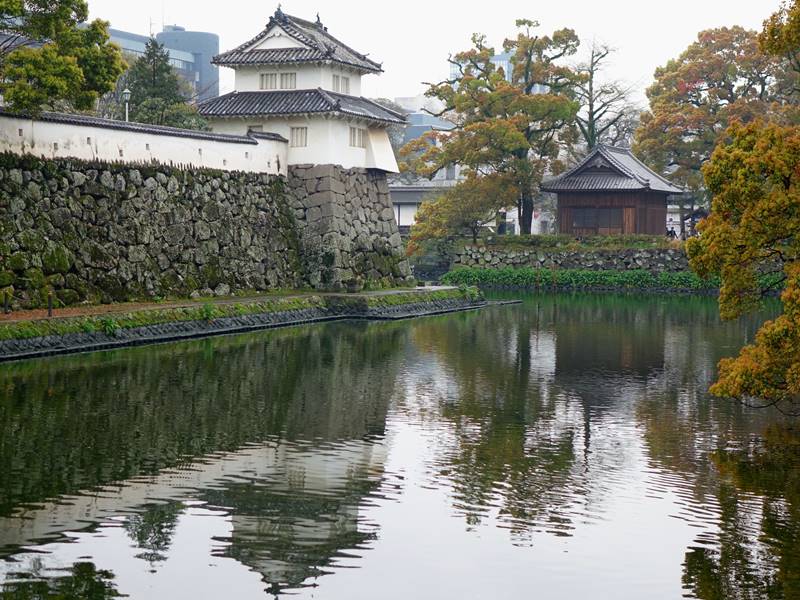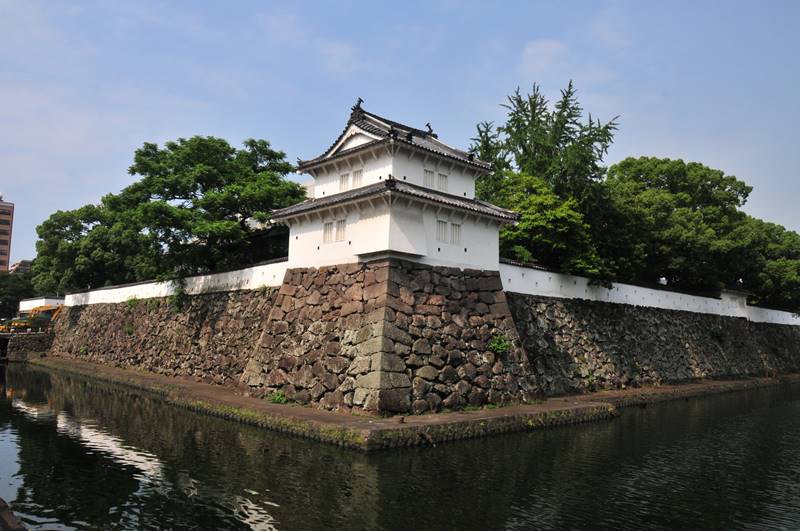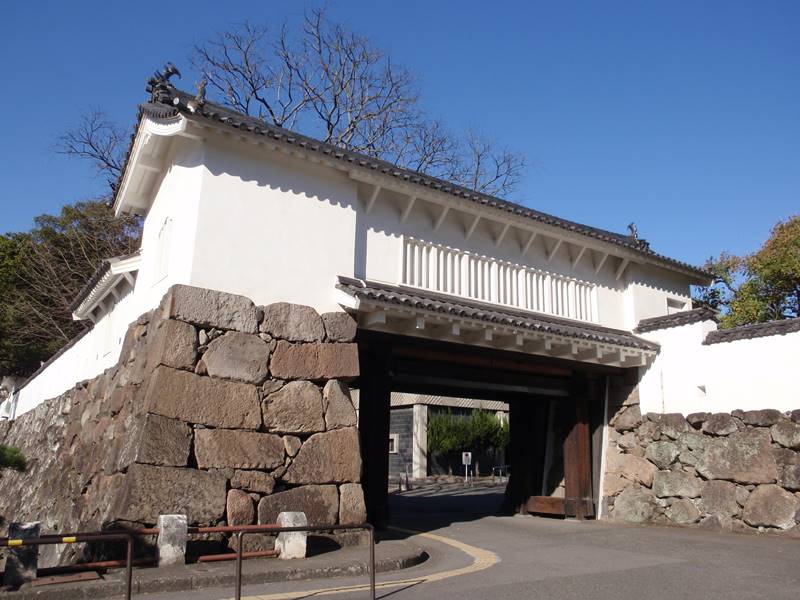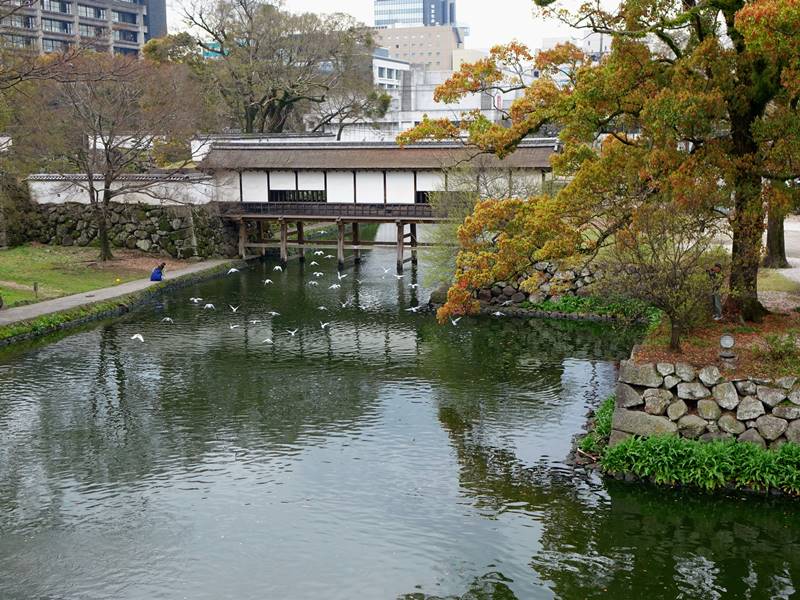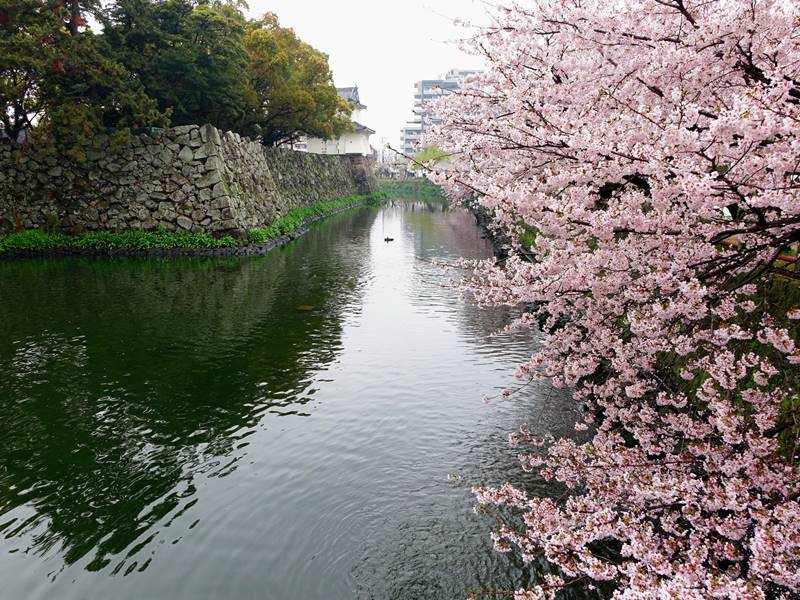This is all about Ōitafunai Castle Ruins you want to know.
Every information you get on this site will be from a credible source based on Japanese history (books for reference).
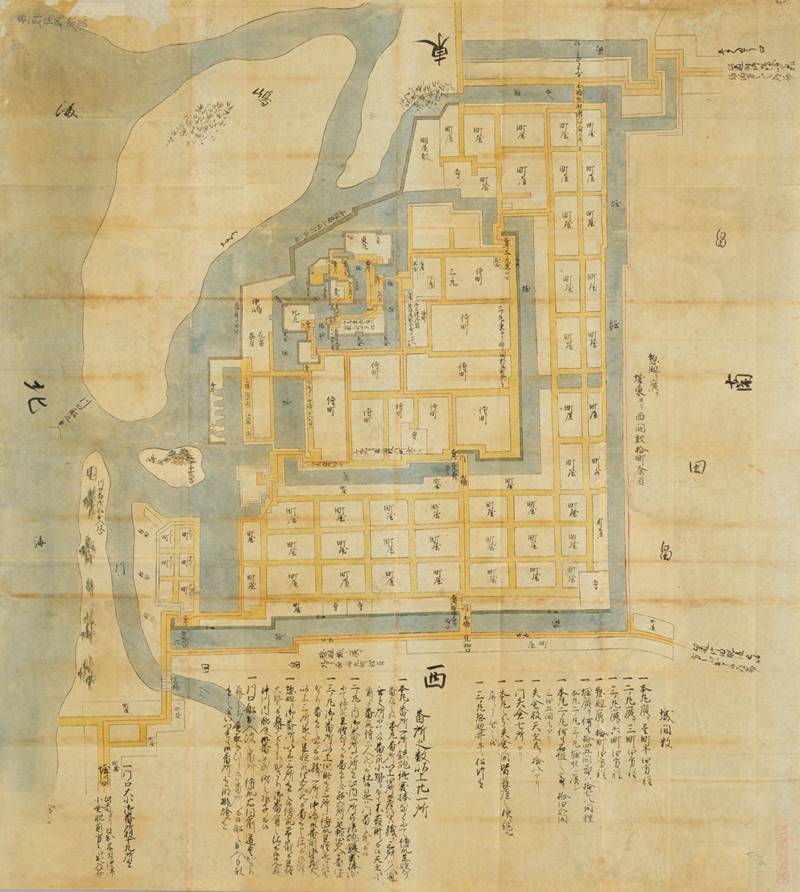
Also known as "The Shōhō Shiroezu", picture of the castle and castle town that the Edo Shogunate ordered the daimyō to create and submit,aggregating military information such as the buildings inside the castle, the height of the stone wall, the width of the moat and the water depth, etc., it also details the location and shape of the castle town and the mountain river.
Another typical example of a castle picture in the Edo period is "Kojōezu", collected by the Inagaki family, the Toba Daimyō from the mid-Edo period to the Meiji Restoration, as materials for military studies. There are about 350 illustrations, but there is no uniformity because only illustrations of castles, illustrations including castle towns, and old battlefield illustrations are mixed.
Profile : Ōitafunai Castle Ruins
| Location | Ōita City, Ōita Prefecture |
| Also known as | Ōita Castle, Niage Castle, Hakuchi Castle |
| Type of castle | Flatland |
| Mountain's name | ー |
| Elevation | ー |
| Condition | Ruins |
| Designation | Ōita Historic Sites |
| Year built | 1597 |
| Abolished | 1872 |
| Castle lord | Fukuhara Naotaka |
| Refurbishment lord | Takenaka Shigetoshi |
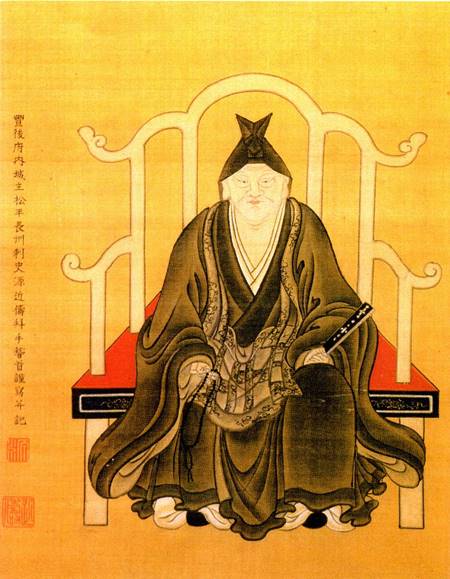

adapted from "Classical Japanese National Data Set" (Kokubunken Collection)
The family crest was originally created from the pattern that the emperor and the royal family put on the kimono, and the pattern was made into a fixed pattern, and the one attached to his own oxcart is said to be the beginning of the family crest. The warlords drew large crests on the flag-fingers, used to distinguish enemy views on the battlefield, and used by the generals to determine which warlords were active and how much.
Ōitafunai Castle admission
admission fee : free
admission time : am8-pm6 (Rōkabashi Bridge)
closing period : reference official site
Ōitafunai Castle Google Map
Ōitafunai Castle Images
